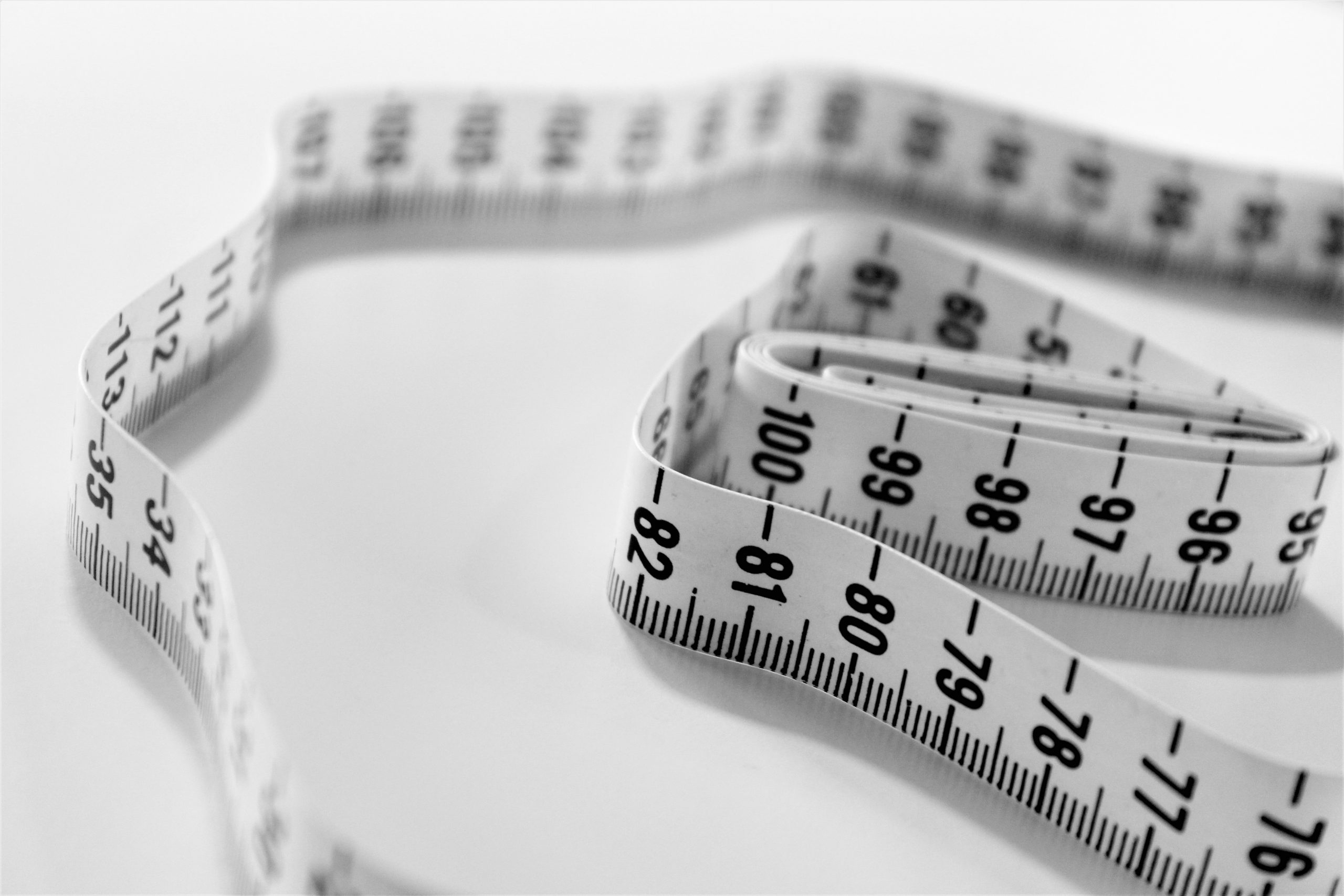
SPECIFIC:Is your goal specific? Instead of saying you will eat more vegetables and fruits, your goal might be to fill 2/3 of your plate with non-starchy vegetables and fruits at each meal.
MEASURABLE: Is your goal measurable? Measuring your progress and holding yourself accountable along the way will help keep you on track.
If you want to be more active, you might set out to walk for at least a half hour, five days a week, and write down your activity each day to track your progress.
ATTAINABLE: Is your goal attainable? Make sure you have the tools, information and resources you need to reach your goal. If a gym membership is out of your budget, a walking program like the one described above may be a better option for a fitness goal.
REALISTIC: Is your goal realistic? Setting a goal that is realistic can help avoid setbacks and false starts. For example, if you know you hate to run, training for a marathon may not be realistic. Aim for something challenging but not impossible. You can always adjust the goal later if it’s too easy. Long-term behavior change is more likely if you start small.
TIME-BOUND: Is your goal time-bound? Goals without starting points and deadlines are easier to put off. Spell out when you are going to begin your new behavior or activity and how often you are going to do it. If you want to improve your diet, a goal could be to substitute plant-based protein for meat three meals a week beginning this Sunday.
